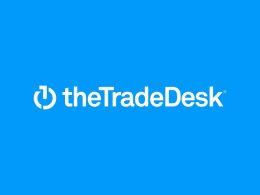In recent months, the Federal Reserve (Fed) and the European Central Bank (ECB) have been lowering — or maintaining low — interest rates in an effort to support growth. One unintended beneficiary of the aggressive easing by the developed world’s central banks: Gold.
Historically, the most important driver of gold returns has not been inflation or the dollar, but rather the level of real interest rates. In the past, environments with interest rates at or below the level of inflation have been very supportive of commodities, and particularly gold. Today’s rate environment fits this bill and so should that of the near future.
As the Fed and the ECB are determined to maintain their low-rate policy for the remainder of the year and probably through 2013, real rates will likely remain negative into next year. This should provide a nice tailwind for commodities in general and for gold.
As such, I continue to advocate that investors maintain a strategic allocation to gold as a distinct asset class. In addition, commodities such as gold can help to diversify a portfolio and provide a hedge against erosion in purchasing power.
But what about silver? For now, I prefer gold for two reasons.
First, gold tends to benefit more than silver from negative real rates. Second, 50% of the demand for silver is driven by industrial usage. As economic growth can still best be described as weak, global industrial demand isn’t likely to support silver prices.
So how much of a portfolio should investors consider allocating to gold? The exact amount of gold in a portfolio will obviously depend on an investors’ risk tolerance and on the portfolio’s other components. Still, according to work from the iShares’ portfolio research team, an allocation of around 1% is probably reasonable for the average investor. Investors should discuss their own portfolio allocation with their advisors.
Source: Bloomberg
Gold and other precious metal prices may be highly volatile. The production and sale of precious metals by governments, central banks or other larger holders can be affected by various economic, financial, social and political factors, which may be unpredictable and may have a significant impact on the supply and prices of precious metals. Diversification may not protect against market risk.










